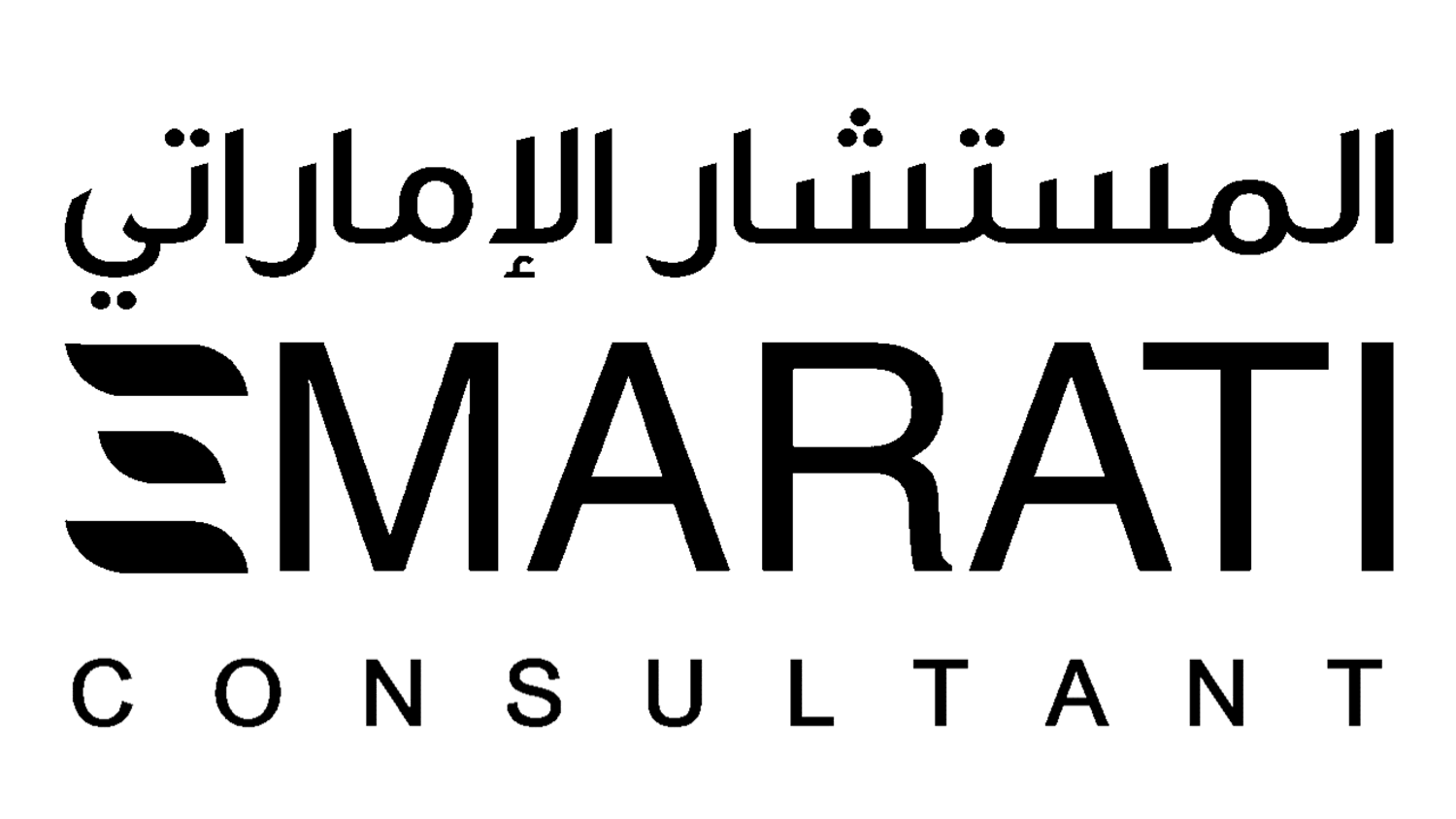Why Choose this Training Course?
This comprehensive course is designed to provide you with the essential skills and knowledge needed to create effective, user-friendly, and visually appealing websites. Whether you are a beginner looking to enter the field of web design or an experienced designer seeking to enhance your strategic approach, this course will guide you through the fundamental principles and advanced techniques of website design.
This training course will highlight the following:
-
1. Comprehensive Understanding of Anime Production
- History and Industry Insights: Gain a comprehensive understanding of the history, evolution, and cultural significance of anime, as well as insights into the anime industry’s structure, workflows, and trends.
2. Strong Emphasis on Character Design and Development
- Character Design Principles: Master the principles of character design, focusing on creating visually appealing and expressive characters that fit within the narrative and stylistic conventions of anime.
- Genre-specific Design: Learn to design characters for different genres of anime, ensuring they resonate with the target audience and enhance the storytelling.
3. Practical Experience in Storyboarding and Scene Planning
- Effective Storyboarding: Develop skills in creating detailed storyboards that effectively communicate visual and narrative ideas, laying the foundation for smooth and engaging animation.
- Scene Planning Techniques: Gain hands-on experience in planning scenes and sequences, learning how to structure anime productions for maximum impact.
4. Proficiency in Animation Techniques
- 2D Animation Basics: Master the fundamental principles of 2D animation, including timing, spacing, and keyframing, essential for creating captivating anime.
- Introduction to 3D Animation: Gain an introduction to 3D animation techniques and how they can be integrated into anime, expanding your creative possibilities.
5. Software Proficiency and Workflow Optimization
- Industry-standard Tools: Become proficient in using industry-standard animation software such as Toon Boom Harmony, Adobe Animate, and Clip Studio Paint, empowering you to bring your creative visions to life.
- Efficient Workflow: Learn tips and tricks for efficient workflow and project management within animation software, ensuring smooth production processes and timely deliveries.
6. Integration of Voice Acting and Sound
- Voice Acting Basics: Understand the basics of voice acting for anime, including casting, directing performances, and recording techniques, to bring characters to life with authentic and emotive performances.
- Sound Integration: Learn how to synchronize voice tracks with animation and integrate sound effects and music to enhance the overall production and immerse viewers in the anime world.
7. Hands-on Experience in Anime Production Pipeline
- Pre-production Processes: Engage in pre-production activities such as concept development, scriptwriting, and planning, laying the groundwork for successful anime productions.
- Production Techniques: Gain practical experience with production techniques, including animating, directing, and editing, to bring your creative vision to fruition.
- Post-production Activities: Learn about post-production processes such as compositing, sound design, and final output, ensuring your anime projects are polished and ready for distribution.
8. Real-world Projects and Portfolio Development
- Practical Assignments: Apply learned skills to real-world scenarios through practical assignments that challenge you to create compelling anime content.
- Final Project: Create a short anime project from start to finish, demonstrating your comprehensive understanding of the entire production process and showcasing your creativity and technical proficiency.
- Professional Portfolio: Develop a professional portfolio that showcases your best work, positioning you for success in the competitive world of anime production.
What are the Goals?
- Understand the core principles of website design and user experience (UX).
- Learn how to conduct user research and apply findings to inform design decisions.
- Develop skills in creating wireframes, mockups, and prototypes.
- Gain proficiency in using industry-standard design tools and software.
- Master responsive design techniques to ensure websites are optimized for all devices.
- Learn best practices for website accessibility and SEO (Search Engine Optimization).
- Understand the importance of branding and visual identity in website design.
- Create a strategic plan for designing and launching a website that meets business goals and user needs.
Who is this Training Course for?
1. Aspiring Web Designers
- Beginners: Individuals with little to no prior experience in web design who want to learn the foundational principles and skills.
- Recent Graduates: Graduates from design, art, or related programs who wish to specialize in web design.
2. Professional Designers
- Skill Enhancement: Graphic designers and visual artists looking to expand their skill set to include web design.
- Career Advancement: Experienced designers aiming to advance their careers by taking on more strategic roles in web design projects.
3. Front-end Developers
- Design Integration: Front-end developers who want to gain a deeper understanding of design principles to better integrate design and development processes.
- Enhanced Collaboration: Developers seeking to improve collaboration with design teams by learning design strategy and tools.
4. Marketing and Communications Professionals
- Website Strategy: Marketing and communications professionals who need to understand website design to effectively plan and execute digital marketing strategies.
- Brand Management: Individuals responsible for managing a brand’s online presence who want to ensure consistency and effectiveness in web design.
5. Business Owners and Entrepreneurs
- DIY Website Creation: Small business owners and entrepreneurs who want to create or improve their own websites without relying entirely on external designers.
- Strategic Insight: Business owners seeking to understand the strategic aspects of web design to better communicate with designers and developers.
6. UX/UI Designers
- User Experience Focus: UX/UI designers looking to enhance their skills in web-specific user experience and interface design.
- Portfolio Development: Designers aiming to build a strong portfolio with a focus on web design projects.
7. Educators and Trainers
- Curriculum Development: Educators and trainers in design, marketing, or digital media studies who want to develop or enhance their curriculum with practical web design knowledge.
- Professional Development: Teachers seeking to stay updated with current industry practices and bring new insights to their students.
8. Freelancers and Consultants
- Freelance Designers: Freelance designers looking to expand their services to include web design and offer more comprehensive solutions to clients.
- Consultants: Digital consultants who want to provide strategic web design advice to their clients.
9. Hobbyists and Enthusiasts
- Passion Projects: Individuals who are passionate about web design and want to learn how to create their own websites as a hobby or side project.
- Skill Acquisition: Enthusiasts looking to turn their interest in web design into a potential career or freelance opportunity.
What are the Course Methodology
1. Interactive Lectures
- Conceptual Understanding: In-depth lectures on fundamental and advanced web design principles, including user experience (UX), user interface (UI), responsive design, and accessibility.
- Industry Insights: Discussions on current trends, best practices, and case studies from the web design industry to provide real-world context.
2. Hands-on Workshops
- Practical Application: Workshops that allow participants to apply theoretical concepts to real-world scenarios, ensuring practical understanding and skill development.
- Software Training: Hands-on sessions with industry-standard design tools (e.g., Adobe XD, Sketch, Figma) to build proficiency and confidence in using these tools effectively.
3. Collaborative Projects
- Team-based Learning: Group projects that foster collaboration and teamwork, simulating real-world design environments.
- Peer Feedback: Opportunities for participants to present their work and receive constructive feedback from peers and instructors, promoting continuous improvement.
4. User Research and Testing
- Research Techniques: Training on conducting user research, creating user personas, and mapping user journeys to inform design decisions.
- Usability Testing: Practical exercises in usability testing, allowing participants to gather user feedback and iterate on their designs.
5. Wireframing and Prototyping
- Wireframe Creation: Step-by-step guidance on creating wireframes to plan the layout and structure of web pages.
- Prototype Development: Techniques for developing interactive prototypes to visualize and test design concepts before full-scale development.
6. Real-world Assignments
- Practical Challenges: Assignments that mimic real-world web design challenges, encouraging participants to think critically and solve problems creatively.
- Portfolio Projects: Development of portfolio-worthy projects that demonstrate participants’ skills and knowledge in web design strategy.
- Introduction to Website Design
- Overview of website design principles
- The role of a web designer
- Key elements of effective website design
- User Research and UX Design
- Conducting user research and analysis
- Understanding user personas and journey mapping
- Principles of user-centered design
- Wireframing and Prototyping
- Creating wireframes and low-fidelity prototypes
- Tools and techniques for prototyping
- Iterative design and user testing
- Visual Design and Branding
- Fundamentals of visual design
- Developing a cohesive visual identity
- Incorporating branding into web design
- Responsive Design
- Principles of responsive web design
- Designing for multiple devices and screen sizes
- Using flexible grids, layouts, and media queries
- Web Design Tools and Software
- Introduction to popular design tools (e.g., Adobe XD, Sketch, Figma)
- Best practices for using design software
- Hands-on exercises and projects
- Accessibility and SEO
- Understanding web accessibility standards
- Techniques for designing accessible websites
- Basics of SEO and how to optimize web designs for search engines
- Strategic Planning for Web Design
- Setting project goals and objectives
- Developing a design strategy and roadmap
- Project management and collaboration with stakeholders
- Practical Projects and Portfolio Development
- Real-world design projects to apply your skills
- Developing a professional portfolio to showcase your work
- Presenting your designs to clients and stakeholders.
Session 1: 11:00-12:30 Dubai [UTC/GMT +4]
Break : 12:30 – 13:00 Dubai [UTC/GMT +4]
Session 2: 13:00 – 14:30 Dubai [UTC/GMT +4]
Certificate of Completion for delegates who attend and complete the course
COURSE REGISTRATION
Kindly email info@emaratic.com for registration or call +971 43 34 6009 for assistance
WANT TO KNOW MORE
Our Training Platforms

Digital Learning

Virtual Learning

Instructor-Led Learning

Blended Learning


